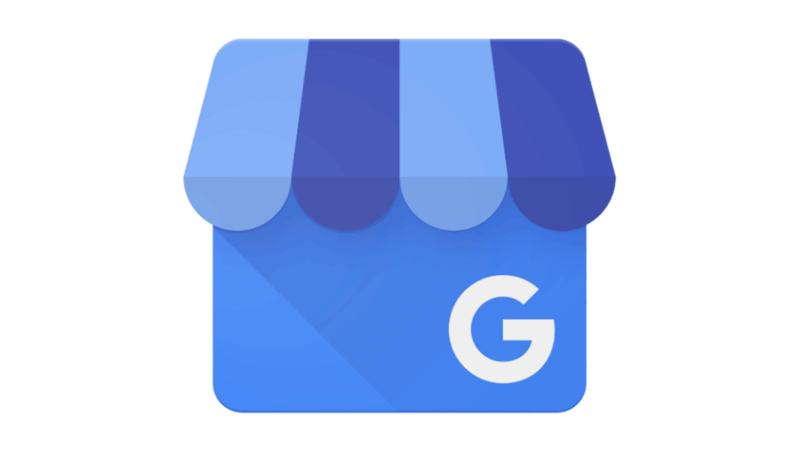We Started A $96K/Year Therapy Room Rental Business During The Pandemic
Hello! Who are you and what business did you start?
Space To Be You is mental health and holistic therapy center offering a range of wellbeing services in London, England.
We’re currently growing at a rate of 30% month-on-month and generating $8000 in monthly revenue with the potential to double that within the next 12-18 months.
Below we discuss the process of securing funding, business planning, starting up, and discuss what it was like to launch a face-to-face therapy business during a global pandemic…

What's your backstory and how did you come up with the idea?
The business was started by Izabela and Bryan Hunter after a tip-off from a neighbor about a newly renovated premises consisting of 10 rooms, which could be perfectly suited for a talking and massage therapy space in...

Download the report and join our email newsletter packed with business ideas and money-making opportunities, backed by real-life case studies.

Download the report and join our email newsletter packed with business ideas and money-making opportunities, backed by real-life case studies.

Download the report and join our email newsletter packed with business ideas and money-making opportunities, backed by real-life case studies.

Download the report and join our email newsletter packed with business ideas and money-making opportunities, backed by real-life case studies.

Download the report and join our email newsletter packed with business ideas and money-making opportunities, backed by real-life case studies.

Download the report and join our email newsletter packed with business ideas and money-making opportunities, backed by real-life case studies.

Download the report and join our email newsletter packed with business ideas and money-making opportunities, backed by real-life case studies.

Download the report and join our email newsletter packed with business ideas and money-making opportunities, backed by real-life case studies.






















